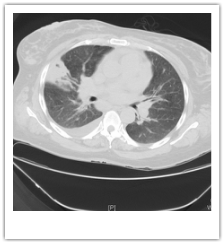Symptoms of your blood clots will last longer than the clot itself. Bodies often dissolve clots pretty quickly. After the clot is gone your body goes to work healing the damage. Healing can take a long time and may include fatigue, pain, and clot symptoms. Talk to your doctor about your healing and your symptoms as it is possible that he or she can help you have a less irritating recovery.
While your blood clots are gone, the damage is not gone. Be patient and keep your doctor informed about your recovery. Gradually increase activity as you are able. Most survivors find the symptoms have greatly improved 1-2 years post diagnosis. Remember that your body is healing from major trauma. Think about how tired a cold can make you for weeks after the cold is gone. Now remember that a cold causes much less damage to your body.



 RSS Feed
RSS Feed

